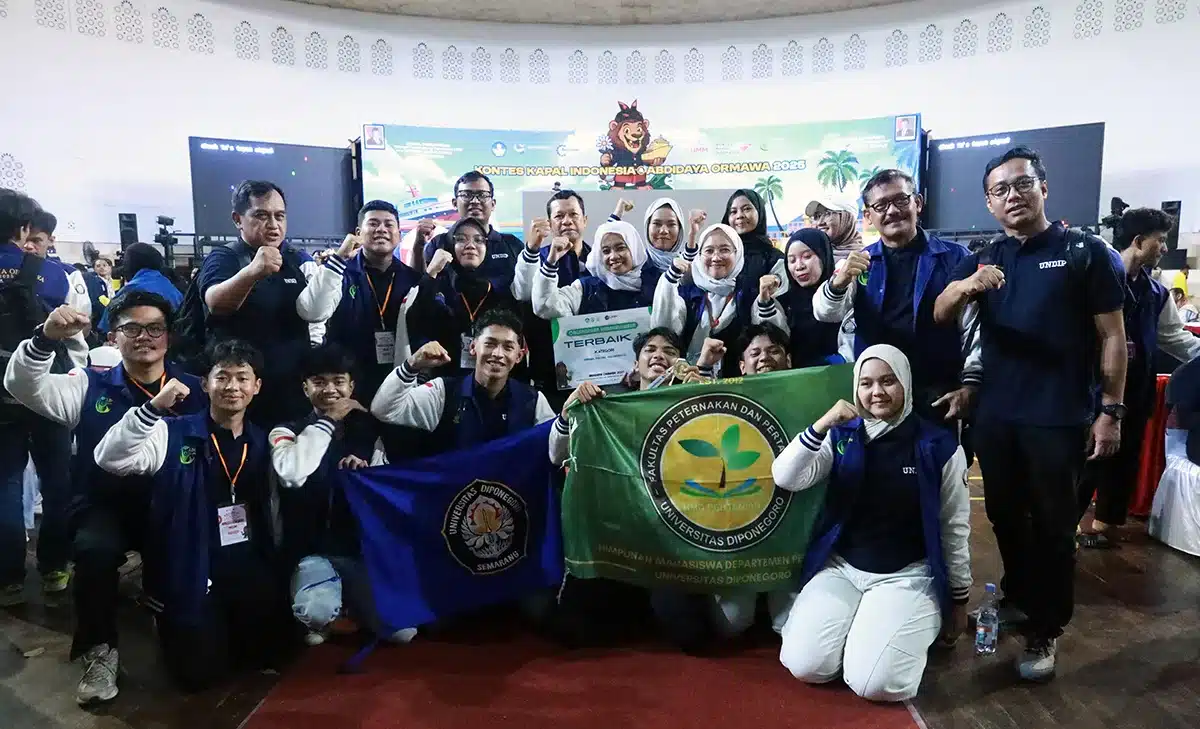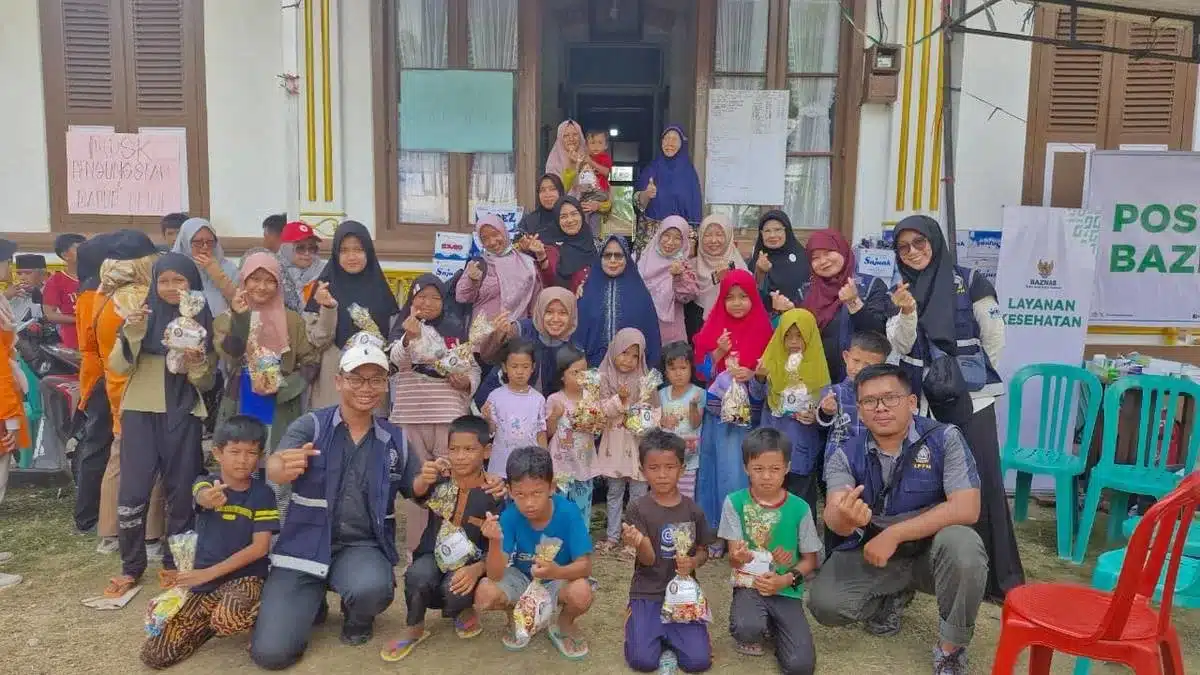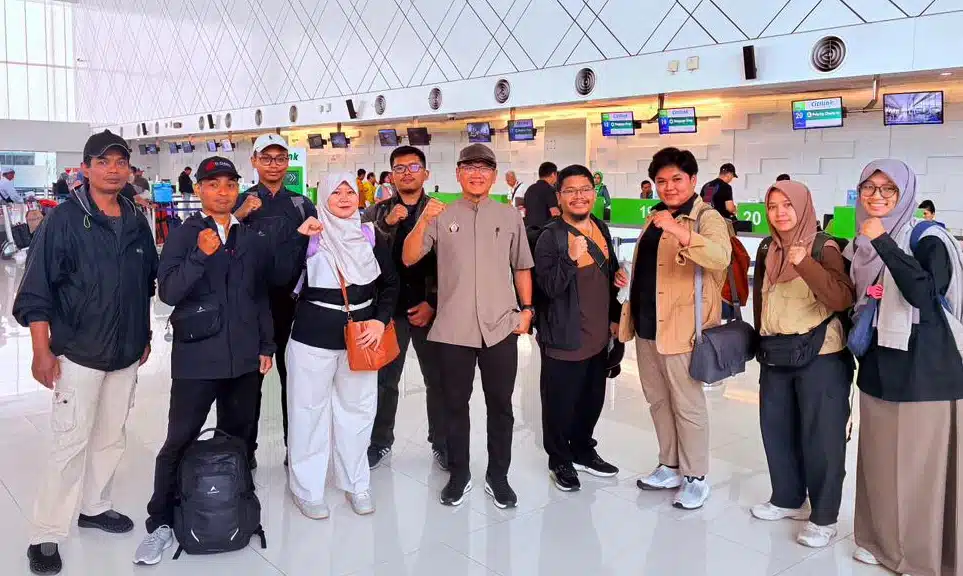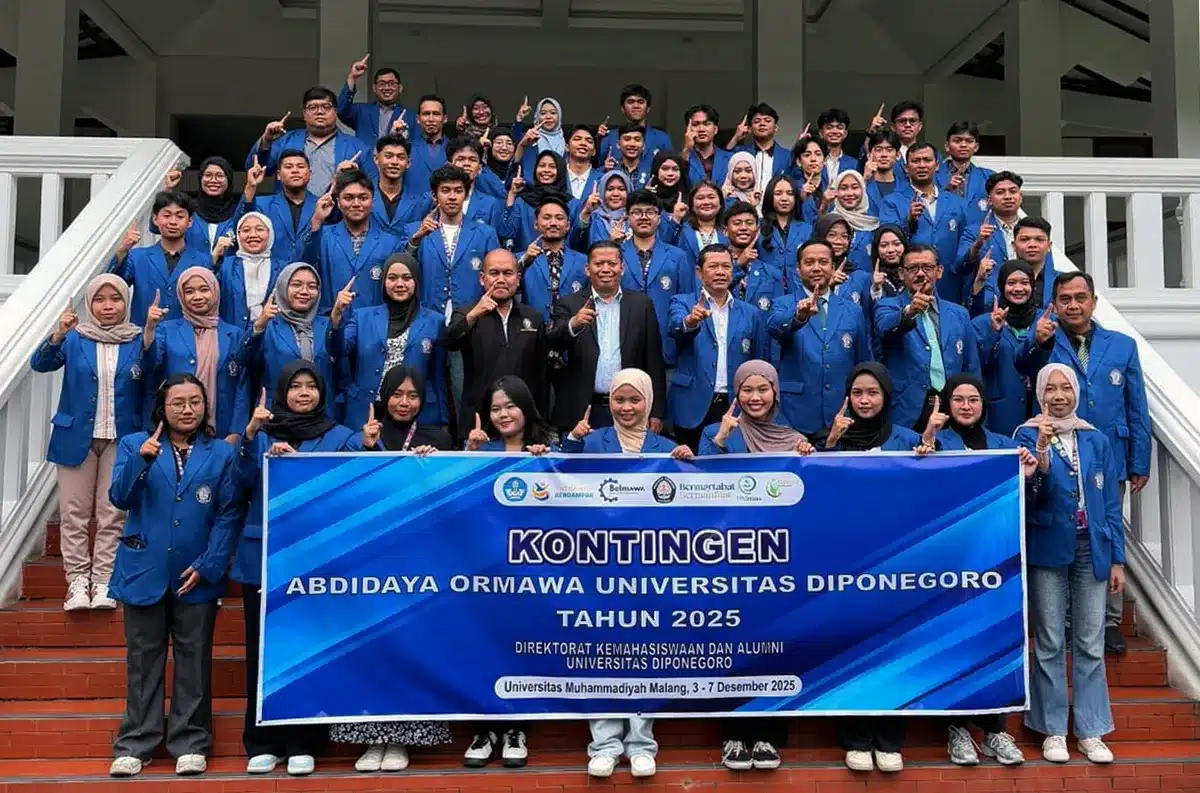Research Institutions and Community Service (Lembaga Penelitian dan Pengabdian kepada Masyarakat / LPPM) of Diponegoro University held a Manuscript Training and Submission of International Publication Batch XLC 2021, (6/9). Present as resource persons in this event are Prof. Dr. Istadi, S.T., MT from Diponegoro University and Prof. Dr. Zinatul Ashiqin Zainol, LLB, LLM, Ph.D from University Kebangsaan Malaysia / The National University of Malaysia.
In the materials of “Strategies for Choosing Journals as Places for Scientific Publications”, he delivered quality research publications, including a comprehensive overview of literature, namely those that support novelty. The research process uses the right method and analyzes quality research results, meaning that it requires time as well as complete/sufficient and up-to-date laboratory research equipment and appropriate research methods. Writing good and quality scientific articles is related to the quality of reference literature and the process of analyzing good research results. Furthermore, the selection of the right scientific journal is for scientific publication.
“Selecting scientific journal can be done by prioritizing free journals then choosing paid ones with the aim of open access of fulltext pdf, get Citations quickly, and if there is a budget for paid journal. Search for target journals as places for scientific publications can be found through ScimagoJR, Master Journal List-Web of Science, Elsevier Journal Finder, Taylor&Francis Journal Finder, Scopus Source List. You can search for national journals on the SINTA portal,” he explained.
Prof. Dr. Zinatul Ashiqin Zainol explained about 6 things that must be done before writing a manuscript, namely thinking about why you want to publish a work and whether it can be published, determining the type of manuscript to be written, choosing a target journal, paying attention to the journal requirements in the guide for authors, paying attention to the structure of manuscript and understanding the ethics of publication to avoid violations.
“Answer your goal, don’t repeat the sentences of introduction in the conclusion. If you have two goals, both should be answered in the conclusion. Write the conclusion in proper paragraphs, not in numbers. Include practical, social, industrial, community implications if relevant and include recommendations for future work if it is still related,” said Prof. Zinatul. (Linda – Public Relations)
Translated by: Titis (Public Relations)










